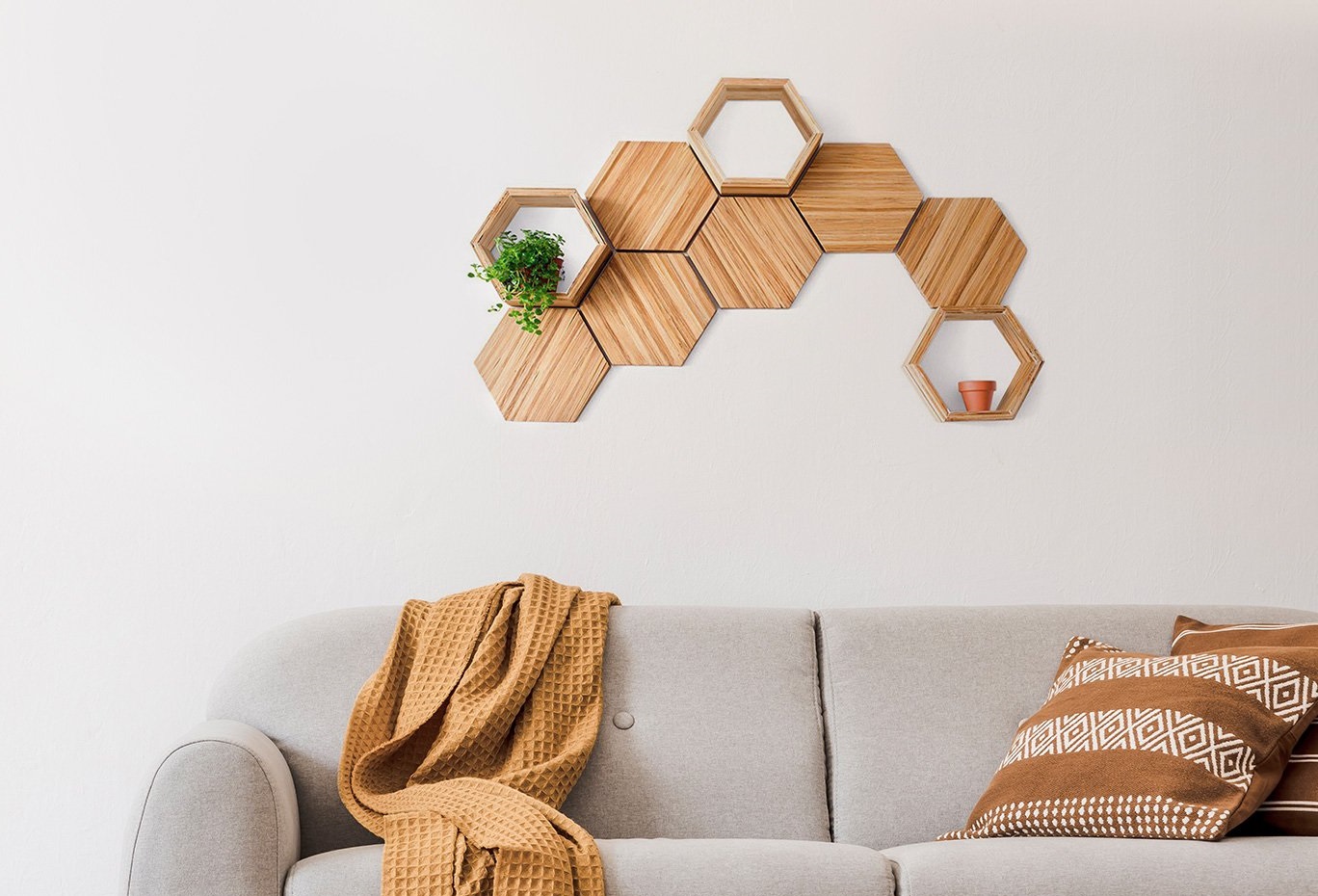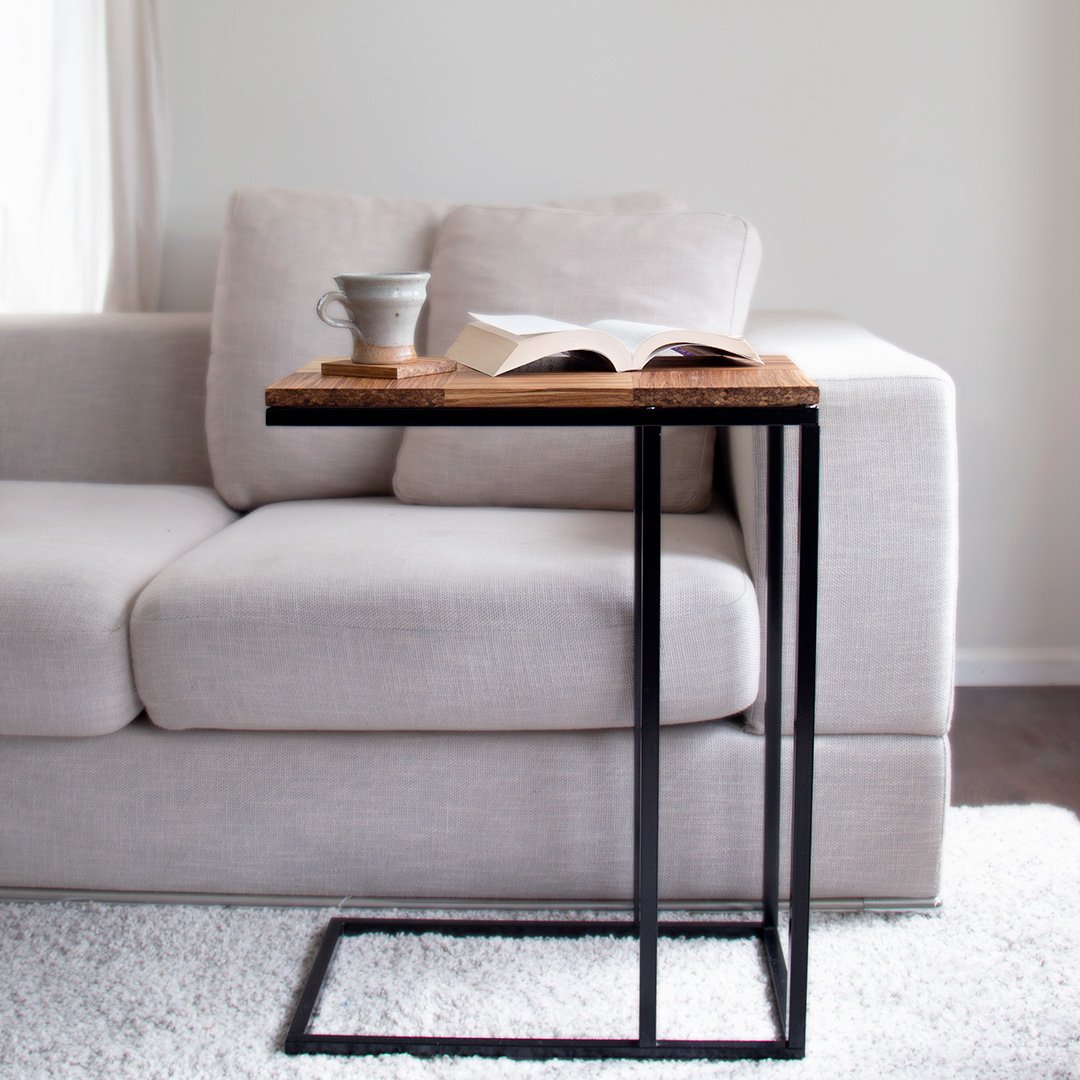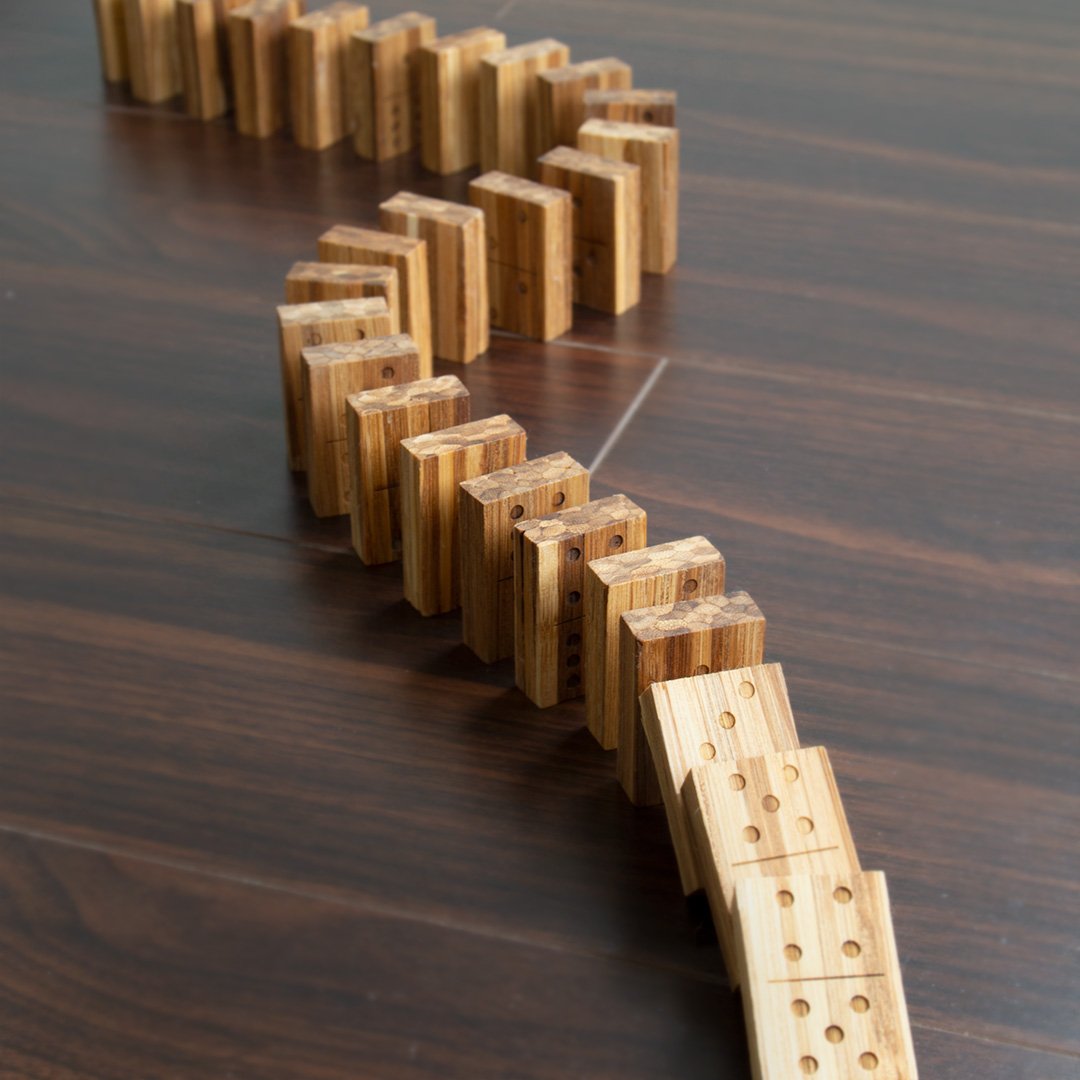
The amount of takeout being ordered around the globe is skyrocketing. Canadians alone spent 3.3 billion dollars on delivery services in 2019. However, there is a growing conversation about just how much waste is generated by the takeout industry. There has been a big push for sustainable packaging, utensils and overall reduction of plastic. But what else is going to waste?
It is estimated that Metro Vancouver throws out at least 100,000 single-use bamboo chopsticks every day. These chopsticks often travel more than 9,000 kilometers just to be used for a single meal. ChopValue, a Vancouver-based company, is looking to disrupt the disposable narrative.

Over a sushi dinner, chopsticks in hand, founder Felix Böck came up with the idea of recycling chopsticks and turning them into everything from coasters engraved with city skylines to adjustable standing desks and hexagonal wall art. Founded in Victoria, British Columbia, they have also expanded their recycling and production operations to Vancouver, Montreal, and Los Angeles.

There is also a strong emphasis on local production. “We collect the chopsticks from our restaurant partners, bring them to our Microfactor[ies] where they are sorted, pressed into tiles, and then we produce products from these tiles,” explained Alison Lee, ChopValue’s marketing manager.
Microfactories are another indication of the company’s commitment to sustainability. They are small manufacturing facilities built in close vicinity to where resources, in this case, chopsticks, are collected. Because production happens so close to the collection, transport emissions are comparatively minimal.

As of May 2020, ChopValue has diverted 25 million chopsticks from landfills. And they’re just getting started. “We will expand [to other raw materials] once we have taken care of… the 100 billion disposable chopsticks per year that we are giving a second life.”

Ultimately, ChopValue is trying to model the concept of a circular economy. Instead of a product being thrown away at the end of its life, like in our current linear economy, it gets recycled, remade, and reenters the economy. And they want more companies to follow their lead: “We believe that we have the responsibility to educate and set an example. We hope to inspire others to be more resource efficient to make a circular economy the norm.”





